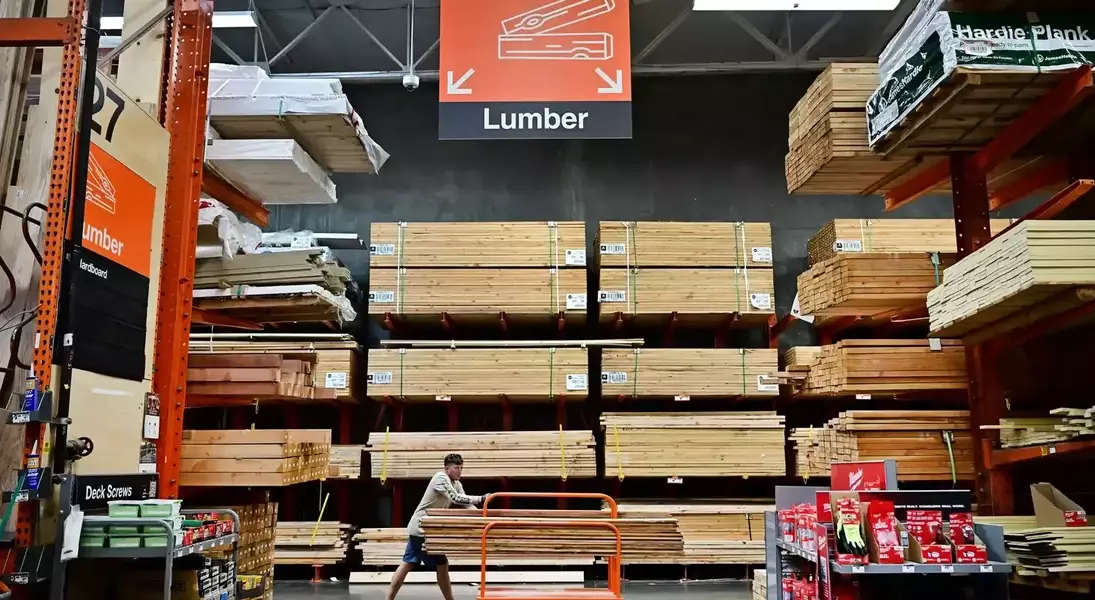
Home Depot has observed a noticeable slowdown in home improvement activities, with homeowners undertaking fewer large-scale renovation projects and opting for less expensive materials. This shift suggests a growing cautiousness among consumers, even those in financially stable households, impacting the retailer's recent financial performance and future outlook.
During a recent conference call, Home Depot CEO Edward Decker highlighted a changing landscape in home renovation. Contractors are reporting fewer new projects in their queues, and clients are increasingly choosing more budget-friendly alternatives for materials like countertops. While this doesn't signal a complete halt in home projects, it points to a significant moderation in spending, possibly due to what Decker described as "fatigue in taking on bigger projects." This trend is particularly noteworthy given Home Depot's customer base, often considered among the more affluent segments of the population.
The broader economic environment is playing a crucial role in these changes. High interest rates and soaring home prices are making it difficult for many consumers to move or invest heavily in existing properties. Home Depot and its competitor Lowe's have consistently pointed to these factors, noting that housing turnover has reached decades-low levels. This translates into billions of dollars in deferred home repair and remodeling work, directly affecting the business of these retail giants.
Home Depot's third-quarter results underscore these challenges, falling short of both earnings and sales growth projections. The company has also adjusted its full-year earnings expectations downward, attributing this to various headwinds including a decrease in storm-related sales, consumer hesitation amid economic uncertainty, and pressure on the housing market. These developments highlight the interconnectedness of consumer confidence, housing market dynamics, and the performance of the home improvement sector, making the spending habits of financially stable households a critical indicator for investors.
The recent dip in large transactions, specifically those over $1,000, further illustrates this cautious approach. Although the number of such transactions increased slightly, Home Depot clarified that this growth was primarily driven by increased engagement with contractors rather than individual homeowners initiating more extensive projects. This distinction is vital for understanding the underlying consumer sentiment and spending patterns in the current economic climate.
